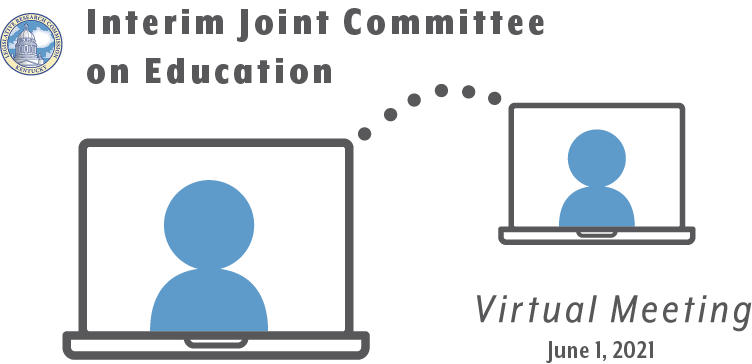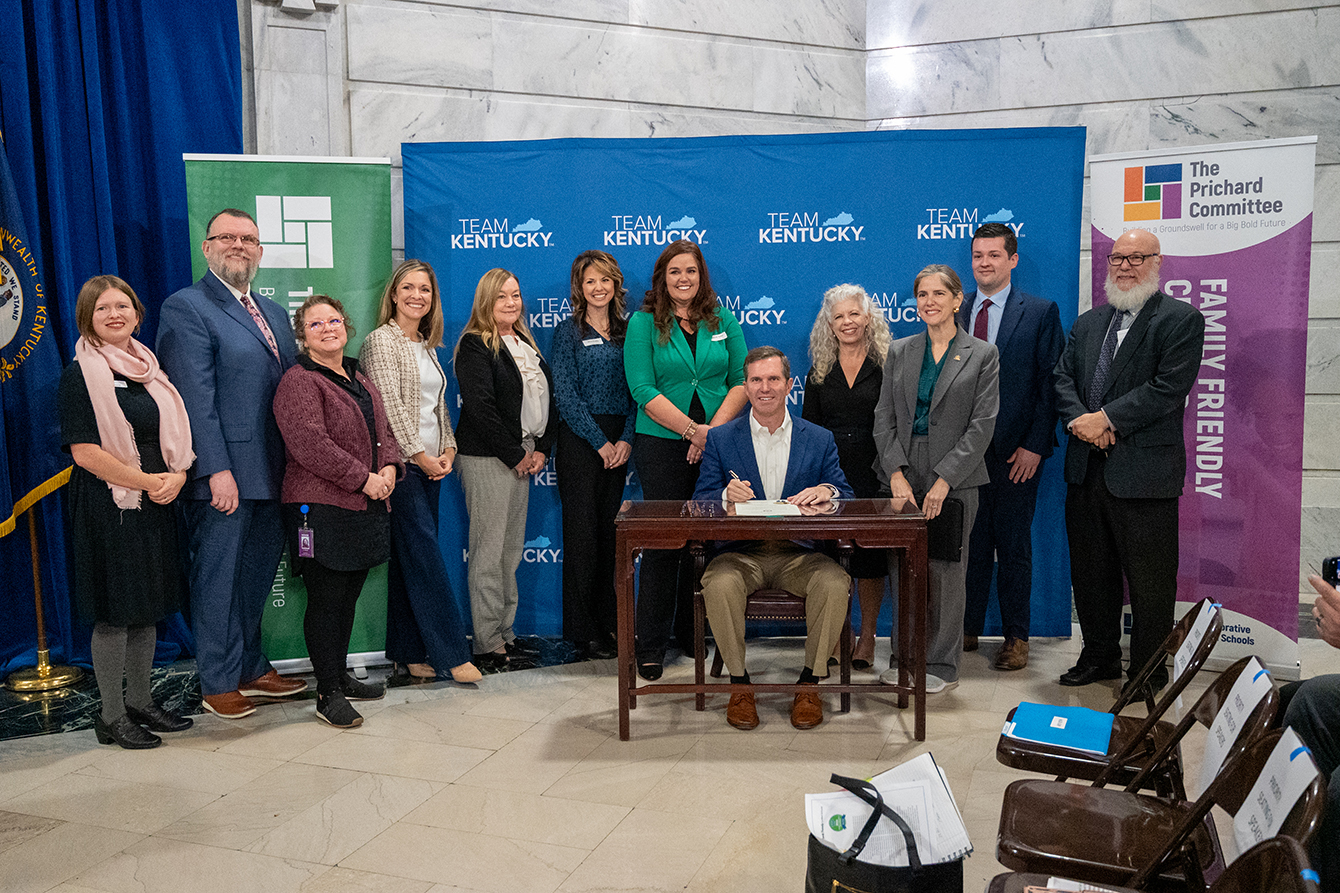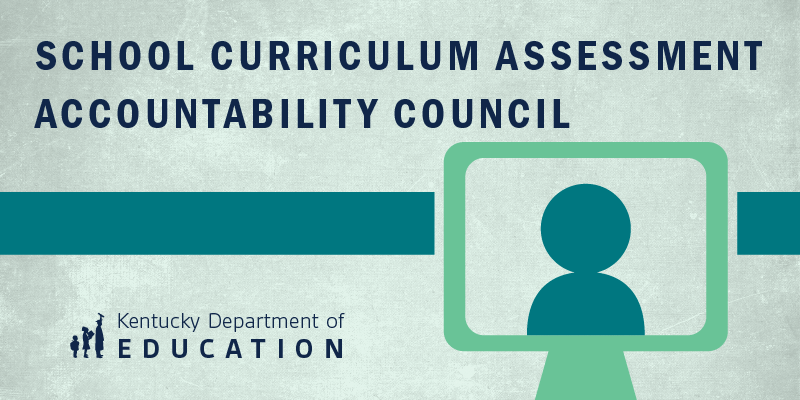 Data reported by Kentucky school districts indicate that student participation through distance learning over the past school year was roughly in line with previous years’ in-person attendance rates, Jessica Carlton told members of the Kentucky Senate Interim Joint Committee on Education on June 1.
Data reported by Kentucky school districts indicate that student participation through distance learning over the past school year was roughly in line with previous years’ in-person attendance rates, Jessica Carlton told members of the Kentucky Senate Interim Joint Committee on Education on June 1.
Carlton, from the Division of District Support in the Kentucky Department of Education’s (KDE’s) Office of Finance and Operations, said at the committee’s first interim meeting of 2021 that a review of 29 randomly selected districts showed that nearly 80% of students were regularly engaged online during the pandemic, with about 11% more participating through pen-and-paper assignments.
Robin Kinney, KDE associate commissioner in the Office of Finance and Operations, said passage of Senate Bill (SB) 177 in March 2020 allowed Kentucky schools to measure student engagement through participation rather than in-person attendance. That important temporary change allowed attendance-based state funding to continue.
Four types of remote participation were counted daily: one-on-one video engagement, engagement through a group video meeting, student logins to educational software and submission of paper-based assignments, Kinney said.
Districts reported their collected participation data to the state twice, with a third report for the spring semester of the 2020-2021 academic year due soon, Carlton said.
That data is available to districts through the Infinite Campus system, broken down by multiple categories so educators can track groups that may be having more difficulties than others, she said.
Officials from three Kentucky public school districts told legislators about their experiences with remote learning and student interventions over the past school year.
At the start of COVID-19 shutdowns, Shelby County Public Schools had a leg up on some other districts. Because the district already had used non-traditional instruction (NTI) during snow days, every student had been issued a laptop computer, and every student had a detailed, personalized learning plan, Superintendent Sally Sugg said.
Even so, district personnel appreciated the flexibility provided by counting online participation, she said.
“We wanted to meet student needs, not check a box,” Sugg said.
Shelby County teachers “met their students where they were,” making contact at flexible times and in multiple ways, Sugg said. Many held in-person visits with students, valuable particularly for the 22% of Shelby County students who are English learners, she said.
“Some of our schools did over 700 home visits,” Sugg said.
Even during periods when all classes were virtual, the district was able to bring in small groups of students one day per week so teachers could check on them and hold interventions if they were having trouble, Sugg said. After returning to in-person instruction, one day per week still was used for interventions, she said.
School personnel as well as students were provided with social-emotional supports, Sugg said.
Adair County Schools made use of all district employees to stay in touch with students’ families through a variety of methods, Director of Pupil Personnel Robbie Harmon said. Teachers adjusted the amount of work assigned to students, he said.
“We realized early on that families were fighting just like we were,” Harmon said of efforts to deal with effects of the pandemic.
Steve Hill, director of pupil personnel for Fayette County Public Schools, said he thinks the statewide response to the pandemic was a model for how to work together, with legislators, educators, and others coming together to support students during the pandemic.
Still the situation challenged the district, which had to eliminate barriers for all students, and meet the needs of people speaking 94 different languages, he said.
Fayette County schools spent the summer of 2020 getting internet-capable devices to students and identifying and bridging Wi-Fi “dead spots,” Hill said.
Lessons for the future include acknowledging that a teacher has to be available to students in real time for remote learning to work well, he said. Not all students excelled during the past year, but Hill believes they were engaged and learning, and that districts and teachers did a great job handling the situation.
District 16 Sen. Max Wise, R-Campbellsville, co-chair of the committee, asked whether districts will continue to offer virtual learning in fall 2021 and if so, what that would look like.
In Shelby County, the virtual option will be a district-level online academy offering face-to-face contact with teachers, Sugg said. That’s a change from the past year, in which contact was managed by individual schools and teachers, she said. Her district already has mailed letters about the district academy to the families of 400 homeschool students, hoping to attract some of them back to public schools.
Harmon said Adair County has long had a “choices” program for online learning for grades 6-12. Participation in the virtual program has always been a decision based on each student’s circumstances, he said.
Answering a question from District 13 Sen. Reginald Thomas, D-Lexington, school officials agreed that mandating COVID-19 vaccination for students age 12 and over to return to class would be controversial. Districts are working closely with local health departments to encourage vaccination and generally have found that following state safety protocols prevented COVID-19 outbreaks.
Hill said that requiring vaccination probably would cause many more parents to homeschool their children instead.



Leave A Comment